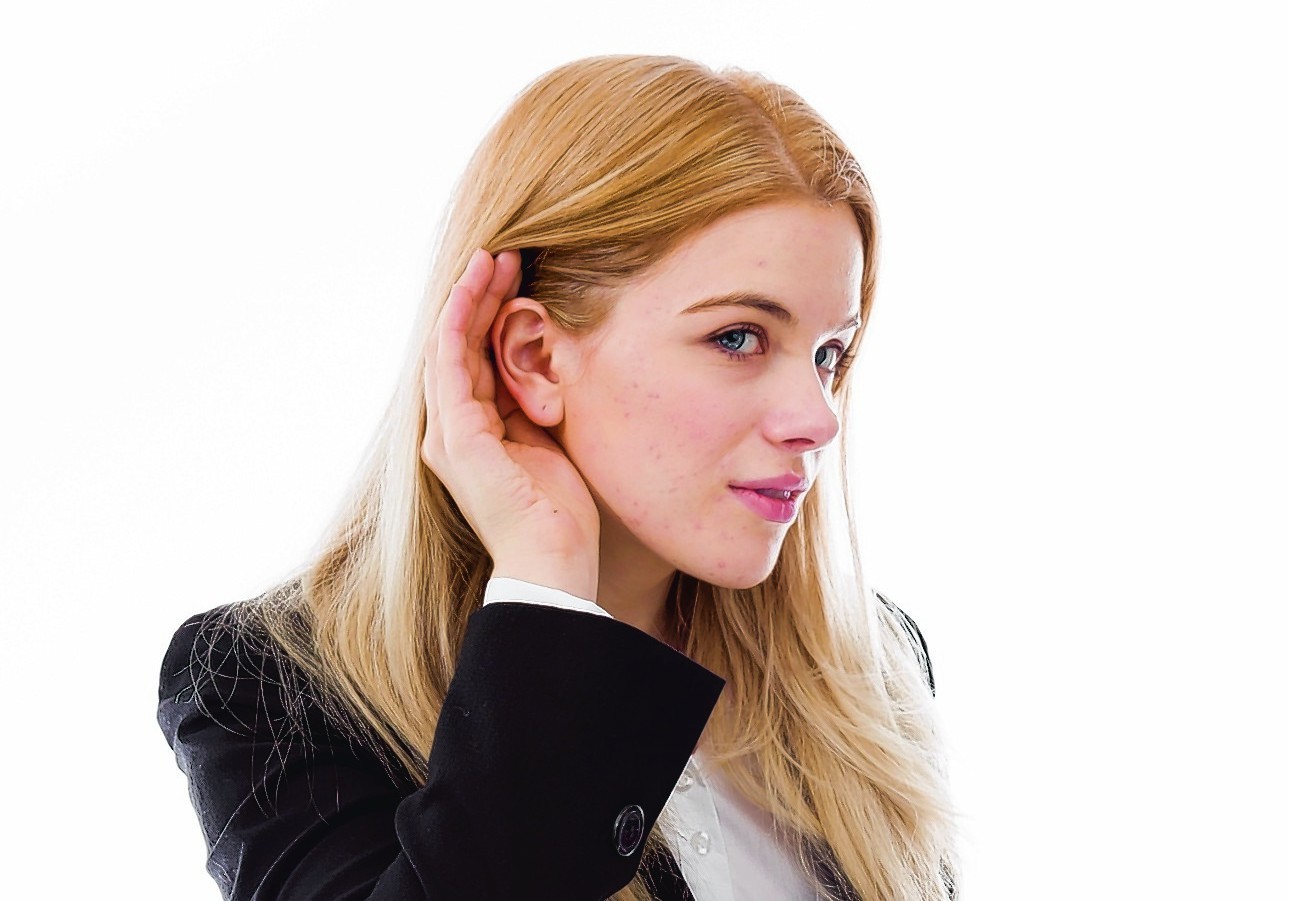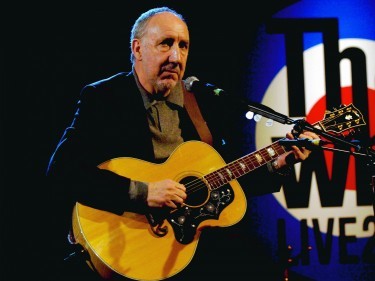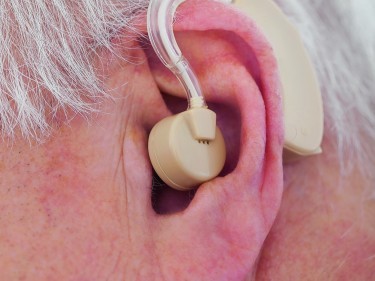One in six people have some degree of hearing loss, yet many do nothing about it. Experts tell YL why we should all be listening in
Struggling to hear people talk over loud music in a pub is quite normal, but if you can’t understand what people are saying every time there’s background noise, it could be an early sign of hearing loss.
Around 10million Britons are affected to some degree, yet it’s believed that 4million of them have done nothing about it, despite the fact that it may be impacting on their work and social life.
On average, people wait 10 years between first noticing signs of hearing loss and getting their hearing tested, according to research, and a survey by hearing implant systems provider MED-EL found that nearly half of those questioned (44%) attributed the delay in seeking help to the often gradual onset of the condition.
AFFECTS ALL AGES
Most often, hearing loss is a gradual part of ageing, when hair cells in the cochlea (the coiled, spiral tube section of the inner ear) become damaged over time. However, 3.7million of the Britons with hearing loss are of working age.
And, contrary to popular opinion, age-related hearing degeneration can start as early as age 40, and it’s not the only reason for hearing problems.
Other factors can include illness, accidents, exposure to an exceptionally loud noise (such as an explosion) and repeated exposure to loud noise. Indeed, rock musician Pete Townshend, of The Who, has damaged hearing after years of playing loud music and wearing headphones, and TV presenter Anne Diamond blames her hearing loss on 25 years of wearing an earpiece on set. Other celebs with hearing loss include the actress Rula Lenska, actor Robert Redford, and former US President Bill Clinton.
HIDDEN STRUGGLES
Paul Breckell, chief executive of Action on Hearing Loss (formerly the RNID), says: “Hearing loss is a hidden health condition – but it’s one that affects a staggering one in six people across the UK. And although it’s more likely to develop as we get older, it can affect anyone, of any age.
“Reluctance to acknowledge hearing difficulties is far more common than we might think. Stigma, whether conscious or subconscious, is a major factor – from initial acceptance through to help-seeking and use of hearing aids.”
The charity is calling for the roll-out of a national screening programme, to help people tackle hearing loss at the earliest opportunity.
“It’s never too soon to do something about your hearing, especially when high-quality digital hearing aids are available free on the NHS,” Breckell adds.
“So if you find yourself frequently asking people to repeat themselves or you struggle to hear in crowded places, we’d recommend making an appointment with your GP.”
Audiologist Sharmila Patel, of London’s St George’s Hospital, points out that if hearing loss isn’t addressed, it can lead to increased isolation.
It’s also linked to increased unemployment, depression and dementia, and recent research found hearing loss is associated with accelerated cognitive decline.
“This is an issue that we really need to be making a lot more noise about,” says Patel.
“Studies have shown that by the time many people seek treatment, their ability to adapt and benefit from treatment is often greatly reduced. If you’re experiencing hearing difficulties, don’t delay, talk to your GP and ask
them to refer you for a simple hearing test.”
EARLIER THE BETTER
“If you wait until your hearing loss is so bad that you’re struggling all the time, it may take longer to adapt to a hearing aid or an implant,” advises Patel.
It’s not uncommon for people diagnosed with hearing loss to opt not to have a hearing aid.
“They may not want a hearing aid because of the way it looks, or they feel they can still manage by using other strategies, like lip-reading. It really depends on how much it’s affecting them,” says Patel.
“Elderly people are more accepting of hearing loss, because a hearing aid is more widely accepted as you get older. Younger people struggle a bit more, but they do want help.”
She stresses that modern digital hearing aids are not the big beige plastic boxes behind the ears many people may remember.
“The technology has really advanced, and hearing aids are fine-tuned to a person’s hearing loss,” she says.
“They’re not as big as they used to be, and you can choose the colour to match your hair or skin.”
NHS hearing aids are still usually a box behind the ear, though, but Patel adds: “Initially, people might not like it being behind the ear, but the amount of benefit they get from it outweighs the aesthetics.”
Implants are another option, also available on the NHS, depending on the degree of hearing loss – around 1,000 implants are inserted every year in the UK.
Cochlear implants come in two parts: an internal unit which is surgically inserted into the cochlea in a short operation, and an external processor which picks up sounds. A chip in the internal unit converts the sounds into electrical information which stimulates electrodes in the cochlea which mimic damaged hair cells.
“A cochlear implant isn’t suitable for everyone,” explains Patel. “It’s really for people who have severe to profound deafness, where hearing aids aren’t providing adequate power.
“Usually the first route is to see how you get on with a hearing aid. Depending on how poor your hearing is, an implant may be a better solution.”
SPOT THE SIGNS
When hearing starts to deteriorate, high-frequency sounds, such as female or children’s voices, may become difficult to hear. It may also be harder to hear consonants, and this can make understanding speech in background noise very difficult.
“An early indicator can be when you’re in a group situation and there’s background noise, so you miss parts of conversations, or find it harder than it used to be to hear,” says Patel.
Action on Hearing Loss also notes the following possible indicators of hearing loss:
- Other people seem to mumble.
People often have to repeat things for you.
You have difficulty understanding what’s being said in noisy places.
It’s hard to keep up with group conversation and you get tired because you have to concentrate so much.
Other people think your television or music is too loud.
You often have difficulty hearing on the telephone.For more information, or for an online hearing checker, visit www.actiononhearingloss.org.uk, or call the Action on Hearing Loss information line on 0808 808 0123.


